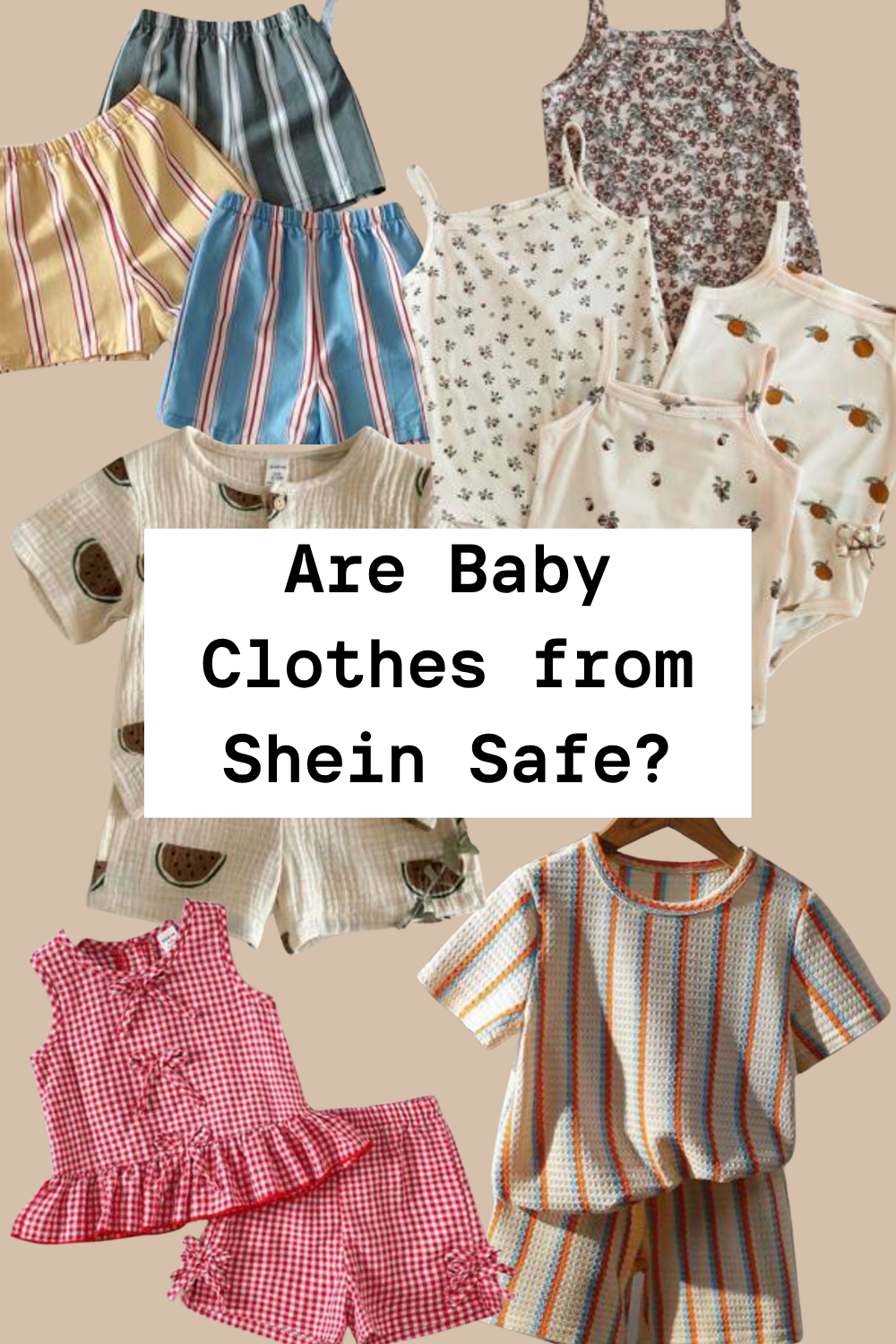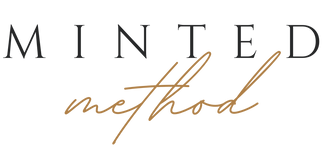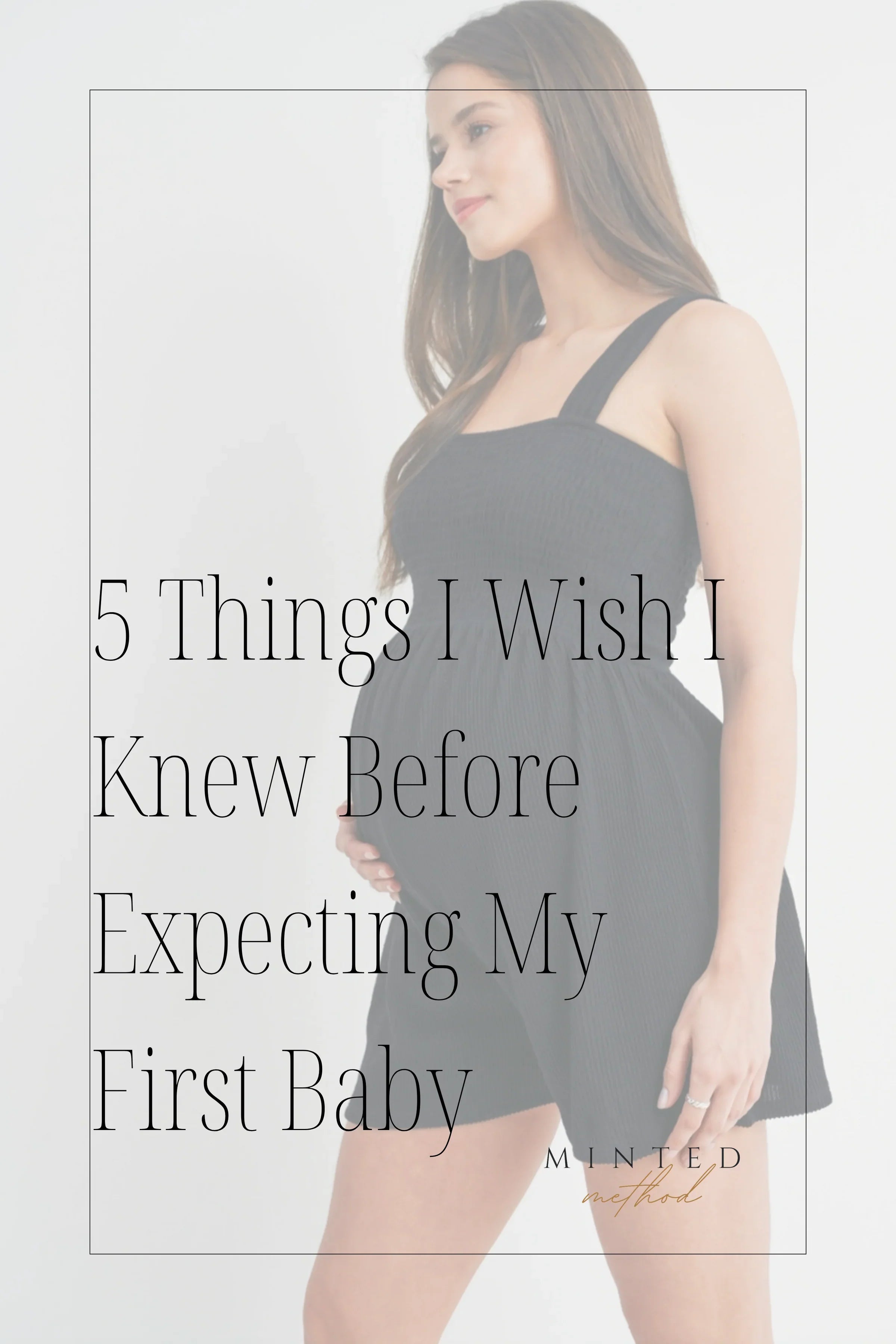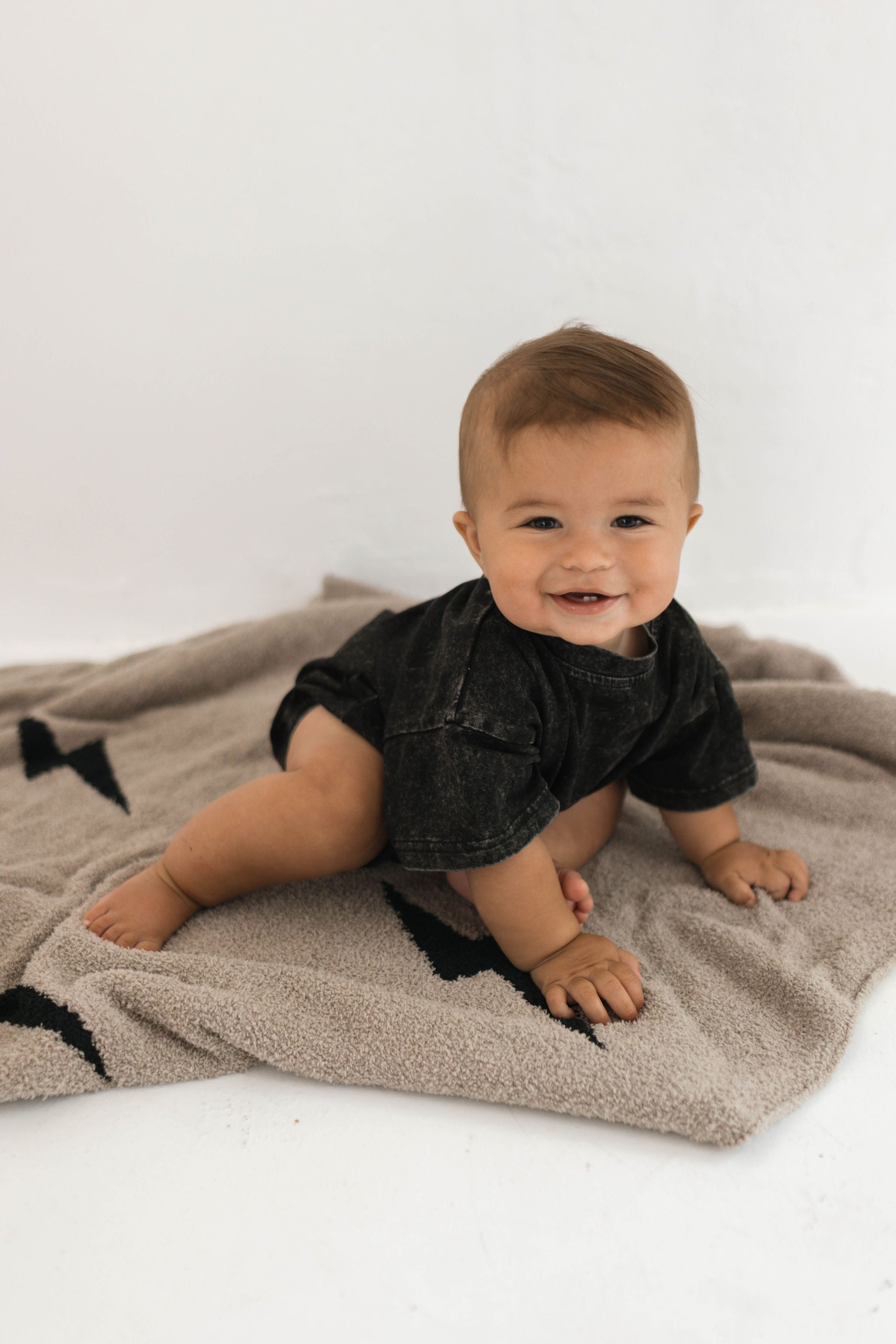Are Baby Clothes from Shein Safe?

Are Baby Clothes from Shein Safe?
What Every Parent Should Know Before Clicking “Add to Cart”
Let’s be real: when you’re shopping for your baby — especially on a budget — it’s easy to be tempted by those cute $5 rompers on Shein. The trendy prints, soft-looking fabrics, and shockingly low prices almost feel too good to pass up. But… is it too good to be true?
As a mom of four and the owner of a baby clothing store that only stocks brands I personally trust, I get asked this question all the time:
“Are baby clothes from Shein safe for my child?”
Here’s what I’ve learned — both as a parent and as someone who lives in the baby clothing world every day.
🧪 1. What’s Actually in That Fabric?
Many Shein baby clothes are made with synthetic blends that aren’t always clearly labeled. While the item description might say “cotton,” third-party testing has shown that some of these fabrics contain:
- High levels of lead
- Phthalates and formaldehyde (used to prevent wrinkles)
- Heavy metals in dyes
Babies have delicate, absorbent skin — and they chew on everything. What touches their body matters more than we think.
🧼 2. Can You Just Wash the Toxins Out?
Short answer: not really.
While a good wash might remove some surface chemicals or manufacturing residue, toxins like lead and formaldehyde are often bonded to the fibers themselves. That means they don’t just rinse away — they stay, wear after wear.
👶 3. What About the Fit, Quality & Longevity?
Even when toxicity isn’t a concern, many fast fashion baby clothes:
- Shrink oddly after one wash
- Have inconsistent sizing
- Use rough seams or scratchy tags that irritate baby skin
You might save money upfront, but you’ll likely end up replacing them faster (and possibly dealing with rashes or discomfort in the meantime).
🧵 4. Who’s Actually Making These Clothes?
It’s worth asking: Who sews a baby romper that retails for $3.99?
Shein has faced major scrutiny for labor violations, including:
- Dangerous factory conditions
- Extremely low pay
- Overworked laborers (sometimes undocumented teens)
Ethical concerns don’t just apply to adults — they should extend to how children’s clothes are made, too.
💛 5. So What Should You Buy Instead?
You don’t have to spend $80 on a onesie to shop better. Look for:
- OEKO-TEX® certified or GOTS-certified organic fabrics
- Bamboo, organic cotton, or modal blends
- Transparent brands that list their materials and values
- Small shops (hi! 👋) that carefully source their inventory
At Minted Method, we curate only brands we’d dress our own kids in. Think cozy, stylish, and ethically made — with no harmful dyes or sketchy factories in sight.
🫶🏼 Final Thoughts from One Mama to Another
If you’ve bought baby clothes from Shein in the past — this isn’t about guilt. It’s about awareness. We all want the best for our babies, and sometimes that starts with learning what to avoid.
When you know better, you do better — and we’re all figuring it out as we go.
🛍️ P.S. Ready to switch to safe, stylish baby clothes?
Explore our best-selling Cotton and Bamboo Pajamas and feel the difference.
Soft, non-toxic, and built to last.




